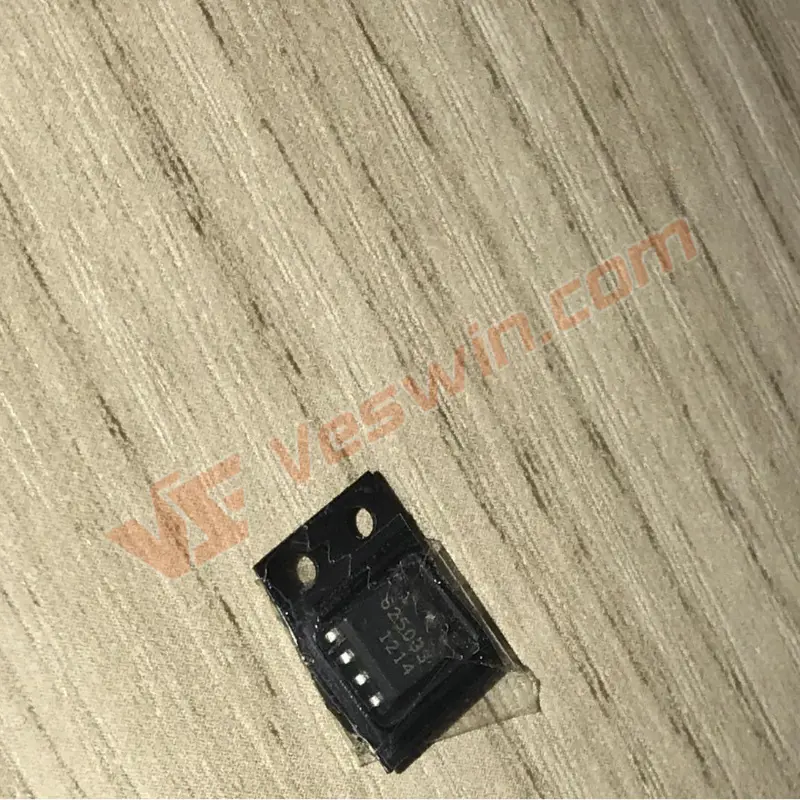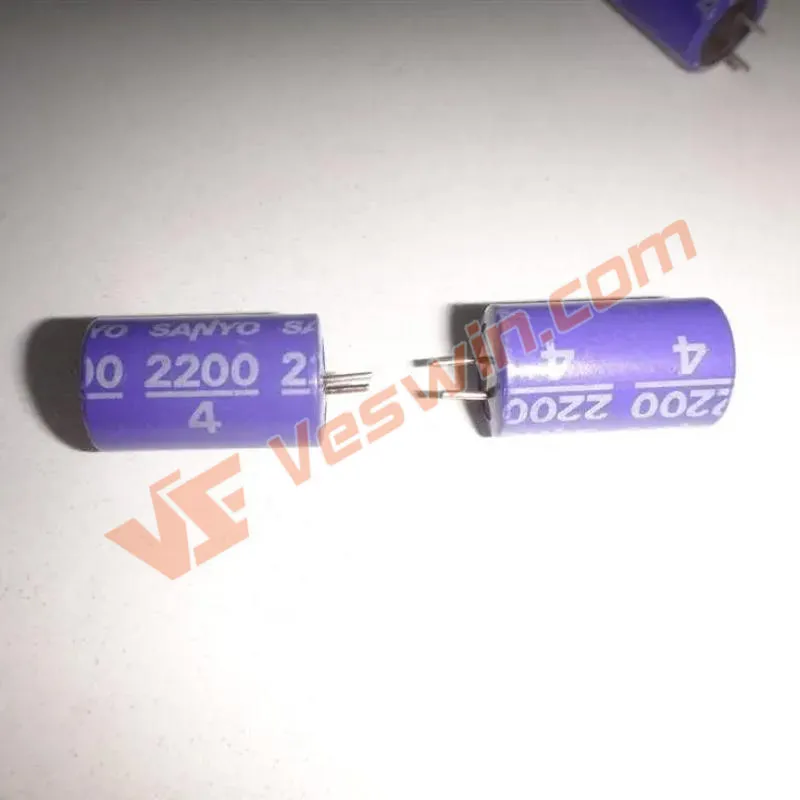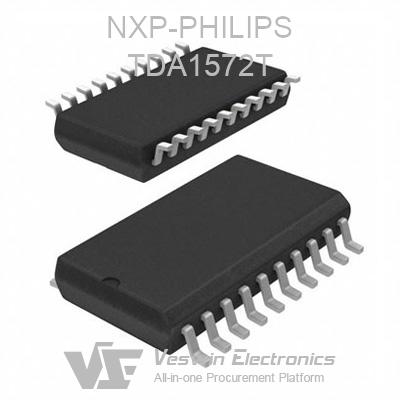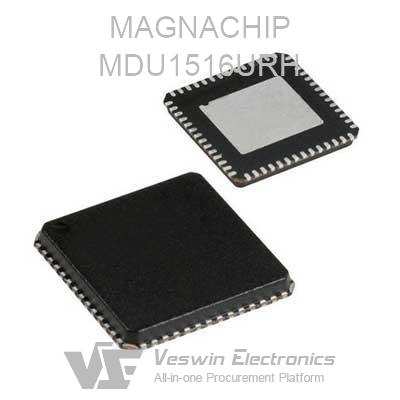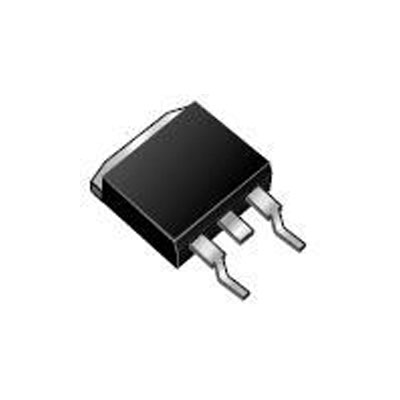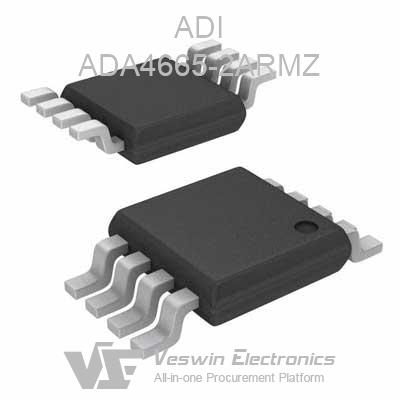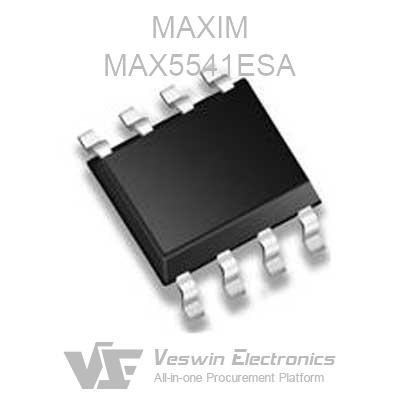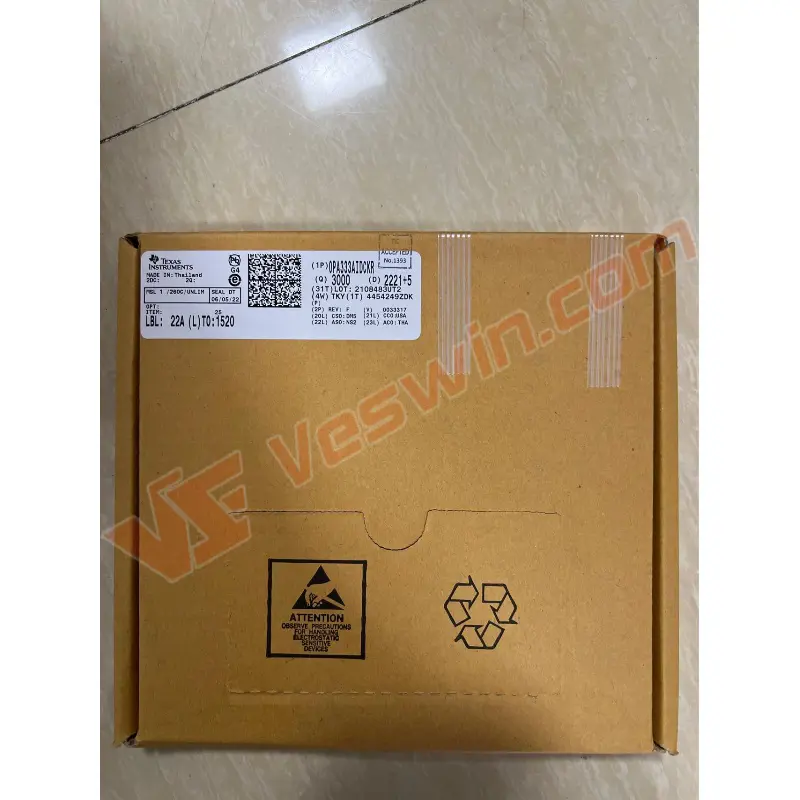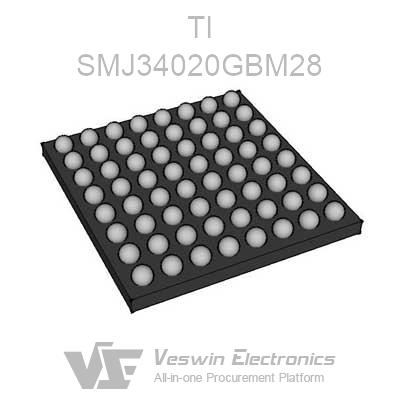The capacitor is an electronic component that holds and releases electric charge. The basic working principle of a capacitor is charging and discharging, and of course rectification, oscillation and other functions.
Among them, "charging" refers to connecting one plate of the capacitor to the positive pole of the power supply, and the other plate to the negative pole of the power supply, and the two plates are respectively charged with the same amount of different charges. After charging, there is an electric field between the two plates of the capacitor, and the charging process stores the electric energy obtained from the power supply in the capacitor.
The process of causing a charged capacitor to lose its charge is called "discharging". After discharging, the electric field between the two plates of the capacitor disappears, and the electrical energy is converted into other forms of energy.
In addition, the structure of the capacitor is very simple, mainly composed of two positive and negative electrodes and an insulating medium sandwiched between them, so the type of capacitance is mainly determined by the electrodes and the insulating medium.
1. Filter capacitor
Filter capacitor is the capacitor used in the filter circuit. This capacitor circuit is used in power filtering and various filter circuits.
The filter capacitor is connected between the positive and negative poles of the DC voltage to filter out the unnecessary AC components in the DC power supply and make the DC power smooth. Usually, a large-capacity electrolytic capacitor is used, and other types of small-capacity can also be connected in parallel in the circuit. Capacitor to filter out high frequency alternating current.
2. Decoupling capacitor
The capacitor used in the decoupling circuit is called a decoupling capacitor. It is used in the DC voltage supply circuit of the multi-stage amplifier. The decoupling capacitor eliminates the harmful low-frequency and cross-connection between the amplifiers.
The decoupling capacitor is connected in parallel between the positive and negative poles of the power supply of the amplifying circuit to prevent the parasitic oscillation caused by the positive feedback formed by the internal resistance.
3. Bypass Capacitor
In the circuit of AC and DC signals, the capacitor is connected in parallel to both ends of the resistor. Or it is connected to the common potential by a certain point of the circuit, and a path is set for the AC signal or pulse signal to avoid the voltage drop attenuation of the AC signal component due to passing through the resistor.
4. Coupling capacitor
coupling capacitor is the capacitor that used in the coupling circuit. This capacitor circuit is widely used in the RC coupling amplifier and other capacitive coupling circuits to block DC and AC.
In the AC signal processing circuit, it is used to connect the signal source and the signal processing circuit or as an interstage connection between two amplifiers, and is used to cut off the DC and let the AC signal or pulse signal pass through, so that the DC operating points of the front and rear amplifier circuits do not affect each other.
5. Tuning capacitor
It is connected to both ends of the oscillating coil of the resonant circuit to play the role of selecting the oscillating frequency.
6. Pad capacitor
It is an auxiliary capacitor connected in series with the main capacitor of the resonant circuit. Adjusting it can reduce the frequency range of the oscillation signal.
7. Compensation capacitor
The compensation capacitor is an auxiliary capacitor that connected in parallel with the main capacitor of the resonant circuit. If you want to expand the frequency range of the oscillation signal, you could adjust the capacitor.
8. Neutralizing Capacitor
It is connected in parallel between the base and the emitter of the triode amplifier to form a negative feedback network to suppress the self-excited oscillation caused by the capacitance between the transistors.
9. Frequency stabilization capacitor
In the oscillating circuit, it plays the role of stabilizing the oscillating frequency.
10. Timing capacitor
In the RC time constant circuit, it is connected in series with the resistor R to jointly determine the capacitance of the charging and discharging time.
11. Accelerating capacitor
To accelerate the positive feedback process and increase the amplitude of the oscillation signal, it is connected to the oscillator feedback circuit.
12. shortening capacitor shortening capacitor
In the UHF high-frequency head circuit, the capacitor is connected in series to shorten the length of the oscillation inductor.
13. Crabeau capacitor
In the capacitive three-point oscillation circuit, the capacitance connected in series with the inductance oscillation coil plays a role in eliminating the effect of the junction capacitance of the transistor on the frequency stability.
14. Scylla capacitor
In the capacitive three-point oscillation circuit, the capacitance connected in parallel with the two ends of the inductance oscillation coil can eliminate the influence of the junction capacitance of the transistor, so that the oscillator can easily start to vibrate at the high frequency end.
15. Stabilizing capacitor
As the stabilizing capacitor, it means in a frequency discriminator, it is used to stabilize the amplitude of the output signal.
16. Pre-emphasis capacitor
In order to avoid attenuation and loss of the frequency division value caused by the audio modulation signal during processing, the RC high-frequency component is set to increase the network capacitance.
17. De-emphasis capacitor
In order to recover the original sound signal, it is required to undermine the high-frequency element and also noise increased by the pre-emphasis in the audio signal, and also set the capacitance of RC in the network.
18. Phase shift capacitor
Phase-shifting capacitors are capacitors used to change the phase of an AC signal.
19. Feedback capacitor
A capacitor connected across the input and output of the amplifier to return the output signal to the input.
20. Buck current limiting capacitor
Connected in series in the AC loop, the capacitive reactance characteristics of the capacitor to the AC are used to limit the current of the AC, thereby forming a voltage divider circuit.
21. Reverse capacitor
It is used in the horizontal scanning output circuit and connected between the collector and the emitter of the horizontal output tube to generate a high-voltage horizontal scanning sawtooth wave retrograde pulse, and its withstand voltage is generally above 1500 volts.
22. S-correction capacitor
Connected in series in the deflection yoke circuit, it is used to correct the extended linear distortion at the edge of the picture tube.
23. Bootstrap boost capacitor
The potential of a certain point of the circuit is raised by using the charging and discharging energy storage characteristics of the capacitor, so that the potential of this point reaches twice the voltage value of the power supply terminal.
24. Bright spot elimination capacitor
Set in the video amplifier circuit, it is used to eliminate the residual bright spot capacitor on the picture tube when it is turned off.
25. Soft start capacitor
It is generally connected to the base of the switching tube of the switching power supply to prevent excessive surge current or high peak voltage from being added to the base of the switching tube when the power is turned on, causing damage to the switching tube.
26. Starting capacitor
It is connected in series with the secondary winding of the single-phase motor to provide the motor with a starting phase-shifting AC voltage, and is disconnected from the secondary winding after the motor is running normally.
27. Running capacitor
It is connected in series with the auxiliary winding of the single-phase motor to provide phase-shifted AC current for the auxiliary winding of the motor. When the motor is running normally, it is connected in series with the secondary winding.
Hot News
